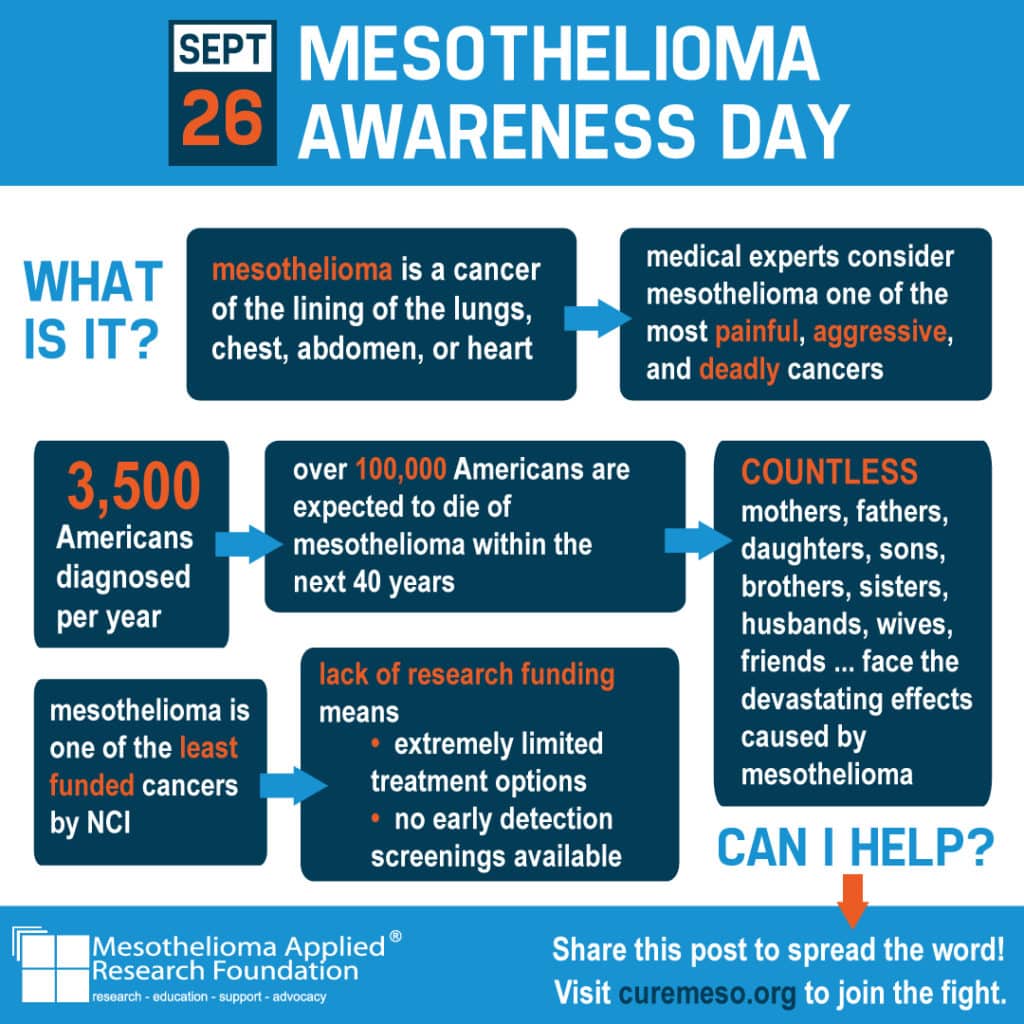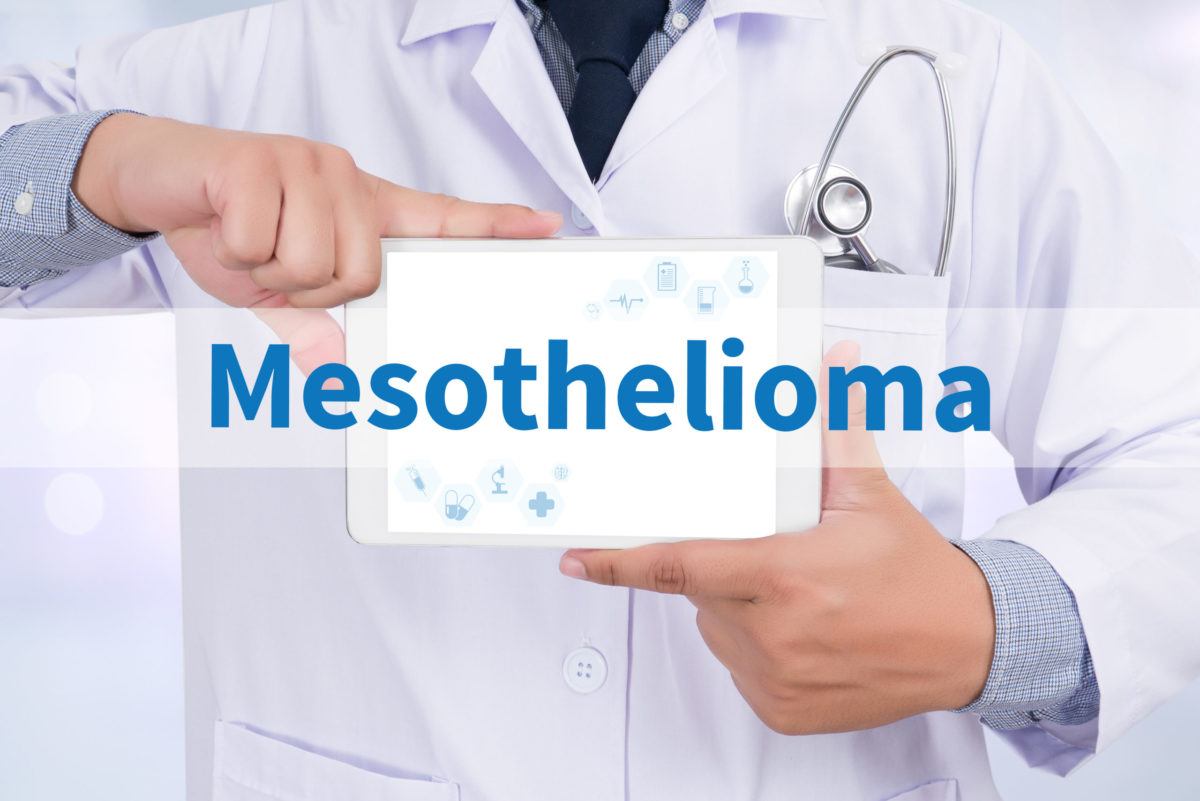Mesothelioma Help Cancer News

Thanksgiving is Different This Year for Mesothelioma Patients
Each year at this time we celebrate Thanksgiving. Since the Pilgrims started this tradition it is a time to share and be grateful for our blessings. As Thanksgiving 2021 rapidly approaches, we reflect on what this year’s holiday means to ourselves and our loved ones and to our collective community.
As we all know, what makes this year different from last year and previous celebrations of Thanksgiving is the Covid-19 pandemic. Last year, 2020, was pre-vaccination. A lot of people had small celebrations and stayed home. This year with vaccinations available we take a step closer to what normal used to be.
Thanksgiving traditionally involves family gatherings, turkey dinners, and for some travel to relatives for the celebrations. The gatherings are times that families and friends can reconnect. Although not all Thanksgiving celebrations and memories are as picture perfect as we would like, they are all our own unique families with our different opinions gathering and interacting.
According to a recent survey from Ohio State University Wexner Medical Center, the mood that most U.S adults described toward Thanksgiving 2021 was “cautious.”
There are some indicators that Thanksgiving celebrations are getting back to normal. According to recent reports, travel is returning to pre-Pandemic levels. The same poll says that 63% of Americans will celebrate Thanksgiving with the same number of people as they did before the coronavirus pandemic, with 5% saying there will be more people attending their Thanksgiving this year compared to pre-pandemic times. Once people get to their destinations they may find that the hosts for their celebrations are asking about their vaccination status. Another recent survey tells us that half of all Americans plan to inquire about their potential guests’ vaccination status. Covid 19 negative tests will be required by 46% from unvaccinated friends and families.
As we all adjust to the “new normal,” for our Thanksgiving celebrations we celebrate and give thanks for progress that continues to be made in fighting malignant mesothelioma. All of us can take the lessons of the past year and a half and turn them into something positive. Appreciate each other and our relationships. Be thankful!
No matter how you choose to celebrate, stay safe and Happy Thanksgiving!

Mesothelioma Community Recognizes November as National Family Caregivers Month
November is recognized as National Family Caregivers Month. First recognized in November 2013, by President Obama, the purpose of this month is to raise awareness for family caregivers and to improve their overall lives and well being.
Over the course of life, chances are that we all will be caregivers at some point for a parent, sibling, loved one, partner, neighbor, or friend. It is not something that we plan on or prepare for, it usually just happens.
Family caregivers come in all ages, sexes, shapes. They are as varied as all of us. Each one does what works for their particular circumstance. They provide care for loved ones, friends, and partners across the whole spectrum of caregiving. They take physical care, psychological care, and coordinate care for someone else. They do tasks like taking someone to the grocery store, to doctors appointments, or simply spending time with them.
If there is an “average” age of caregivers it is 47-54 – employed women. Providing care to the elderly, the average age of the caregiver is 62. And minority caregivers provide more care than their white counterparts. The length of time in the caregiving role can be less than a year to more than 40 years. Family caregivers are unpaid, and often unrecognized.
This is a very stressful job that can impact the caregivers’ health. Although there are definite positive benefits of caregiving, for the caregiver there also can be negative implications.
Since the pandemic it seems more important than ever that we take care of each other. All of us have seen what isolation can do to our collective mental health. For many family caregivers that is their reality for long stretches of time.
Shining a light on a problem or situation is important. More important is how can we help? Look around, you probably know someone who is providing care for someone else. Help them accept help. A phone call, a visit acknowledging what they are doing, staying with the person while they go for a walk, small things can mean so much.
Caregivers are giving to others, and you can help by giving to them. Accepting help is difficult for some people but it can provide relief for the caregiver who is already giving so much!

For Mesothelioma Patients, Time is What You Make of It
Time is one of our greatest assets. According to Miriam Webster the meaning is “the thing that is measured as seconds, minutes, hours , days, years, etc.” Time is something we all have, we just don’t know how much.
Many illnesses threaten our timeline and sometimes force us to look at how we spend our time. Malignant mesothelioma is bad news, with some options, but still with no cure. Researchers, doctors and scientists continue to push science for more information. When diagnosed with this disease or any other serious illness, looking for a timeline is natural. The question often asked is “how much time do I have?” Although no one can say with certainty, there are averages of time that are based on previous patients. When faced with the knowledge that you have a serious illness and your time may be limited, most want the best of what time is left. The best for one, can be different for the next.
I met a woman a few months ago, she had undergone a pleural biopsy. She was pretty convinced that she had pleural malignant mesothelioma. Prior to confirmation she told me she would choose wisely what type of treatment she would opt in for – which was ultimately immunotherapy. She has responded positively but has been left with some side effects. Her goal is to move out of her present housing situation and live somewhere easier. Physically, emotionally, and financially she has had to make some tough decisions. She feels as if these changes will give her a better quality of whatever time she has. Fortunately, she has a support system and a plan.
Dealing with terminal illness forces us to ask ourselves, how will we live out our remaining days? Some, if allowed, “live like they are dying.” Receiving a terminal illness as a diagnosis almost always forces one to reflect upon their life, and where and what they would like to do with whatever time remains.
We all measure time with different clocks. Some mark time by births, weddings, deaths, current events. However you choose to measure time, don’t forget to live it and enjoy it. We know when one is diagnosed with a terminal illness it feels as if time is standing still. Despite whatever time you have left, you are given the opportunity to have many conversations with people . These illnesses allow one to say “I love you”, make amends or share some intimate conversations.
All of us need to cherish our time and relationships for time is promised to no one.

18th Annual Mesothelioma Awareness Day
Today is the 18th Annual Mesothelioma Awareness Day. This day is set aside to raise awareness of malignant mesothelioma and the need for research.
Malignant mesothelioma is a rare disease that affects around 3,000 people a year in the United States. A disease is considered rare if it affects less than 200,000 Americans a year.
The leading cause of malignant mesothelioma is exposure to asbestos. The exposure can happen as far as 50 years in the past. A lot of Americans assume that this is a disease that does not happen anymore because they think asbestos is banned. Neither of these premises are true.
Through awareness and research progress has been made. Research has given patients options that were not in play in the past. We have seen the direct role that research has played in moving the survivability of patients with mesothelioma from months to living with mesothelioma as a chronic disease.
The mesothelioma community is an active community. Organizing a group to successfully spread awareness is a challenge.
The main group behind the Mesothelioma Awareness Day is the Mesothelioma Applied Research Foundation. They raise awareness and fund research that hopefully will lead to a cure. The Foundation was instrumental in starting and growing this annual day.
Some of the ways that we can all spread the word about malignant mesothelioma is to wear blue on Sunday, support local efforts like walks, and support social media efforts to share the message. Individually we can talk with people about the disease and the devastation that it inflicts on families and help spread facts of this disease.
With the pandemic we have seen what awareness and sense of urgency can do. Making scientific research a focus and a national priority can help further the search for a cure. Research and support of research is the key to curing mesothelioma.
On Sunday, September 26, 2021 spend some time spreading the word!

An Update on Malignant Mesothelioma from Dr. Raphael Bueno and CureMeso
The Mesothelioma Applied Research Foundation has a series hosted by their Executive Director, Mary Hesdorffer N.P., that interviews experts in malignant mesothelioma. This month the guest was Dr. Raphael Bueno, Chief Division of Cardiac and Thoracic Surgery at Mass General Brigham Hospital in Boston, Massachusetts.
Dr. Bueno reviewed the progress that has been made. In the not too distant past it was believed that anyone diagnosed with malignant mesothelioma was handed a death sentence. Today, malignant mesothelioma has many options to offer for treatment. The knowledge of malignant mesothelioma has evolved like many other cancers and therefore treatment options have as well.
Dr. Bueno reviewed that in order to understand mesothelioma, we need to understand the genomics of the disease. Genomics is the biology of the structure, function, and evolution of the tumor. Basically it’s understanding the fingerprint of the tumor. Once it is understood how it can react in certain settings, we can treat it. This does sound pretty basic but it has taken a long time to figure this out. Each malignant mesothelioma tumor is unique like one’s own fingerprint.
Another treatment that has been found to be equal or better was the pleurectomy. In previous years, many more extra pleural pneumonectomies (also known as EPP removal of the lung) were performed on patients. It has been found that removing one’s lung in someone that is 70 years or greater can create other issues. Pleurectomy has become the surgical choice. It has also found that instilling IOHC, Intra-Op Heated Chemotherapy, was key in attacking any microscopic cancer cells that could not be detected with the eye. This has also improved survival.
It has also been discovered that everyone should not have chemotherapy. Some patients do not respond to chemotherapy and their tumor continues to grow and they lose the option of becoming a surgical candidate. Chemotherapy is effective for 23-25 percent of the population for a 5 year survival.
As the talk went on, Dr.Bueno spoke about local recurrence. He educated the audience about how local recurrence is not metastatic disease, it is just what it is: local. There are options to remove this growth. Ablation or surgical removal of the tumor can be as simple as a day procedure or an overnight hospitalization. Ablation is similar to burning a wart off.
Dr. Bueno’s closing remarks were about the future and what will help cure this disease. Malignant mesothelioma does not have to be a death sentence. This is an aggressive disease but there are many who are still living beyond five years. He believes staging is critical. Dr.Bueno spoke about getting the mesothelioma patient to a Center of Excellence. He explains we do not have a cure but we certainly offer better outcomes. A Center of Excellence can offer hope to a patient that has been diagnosed.
Progress to a cure continues!

Free Mesothelioma Patient & Treatment Guide
We’d like to offer you our in-depth guide, “A Patient’s Guide to Mesothelioma,” absolutely free of charge.
It contains a wealth of information and resources to help you better understand the condition, choose (and afford) appropriate treatment, and exercise your legal right to compensation.
Download Now